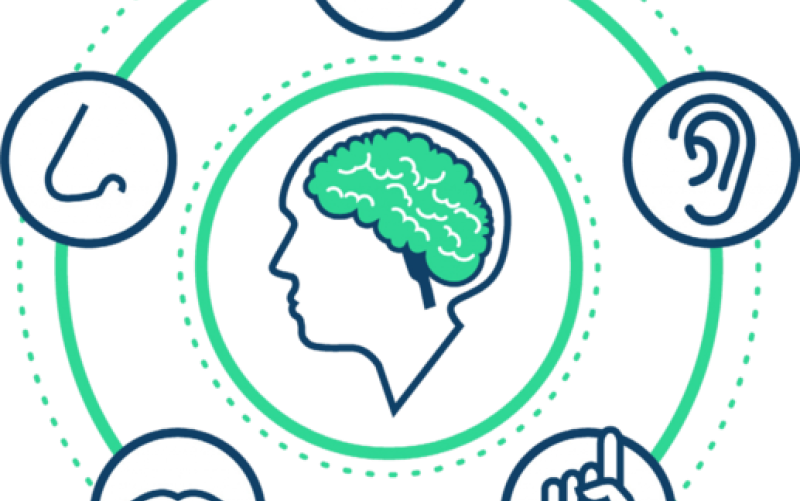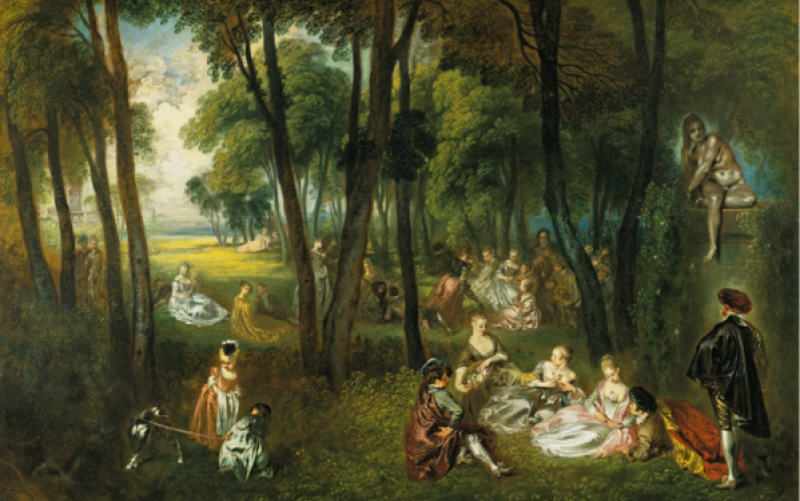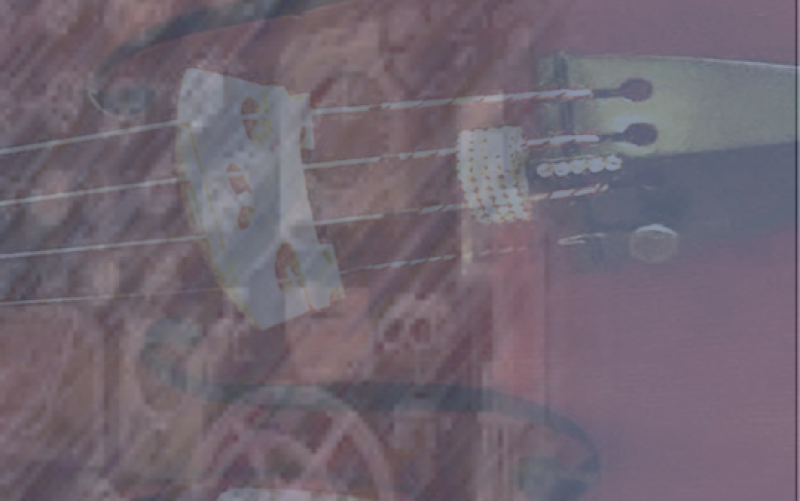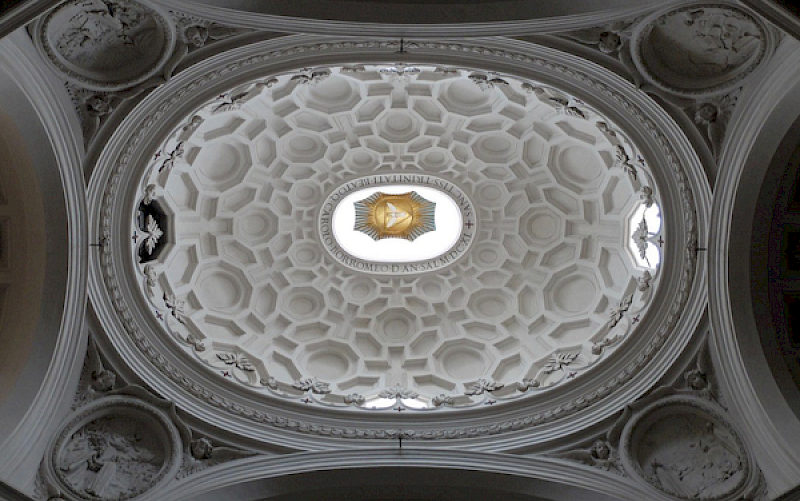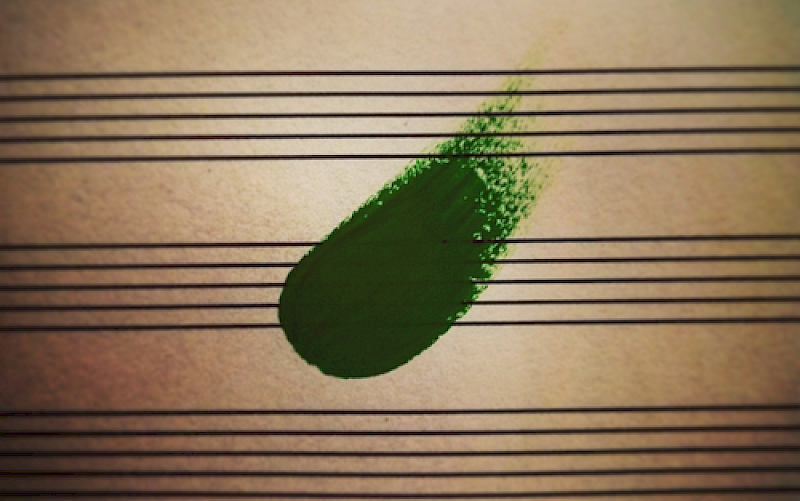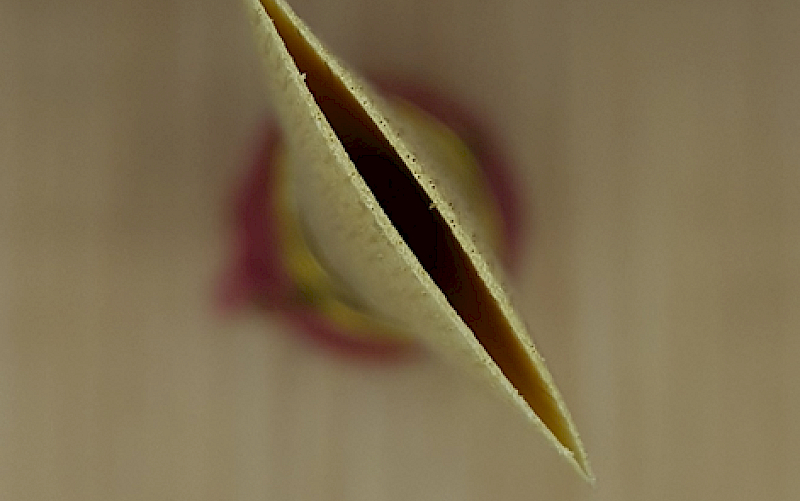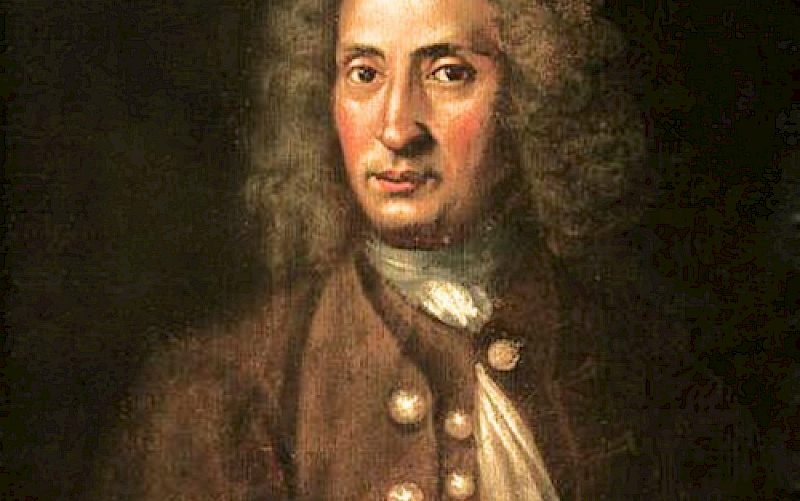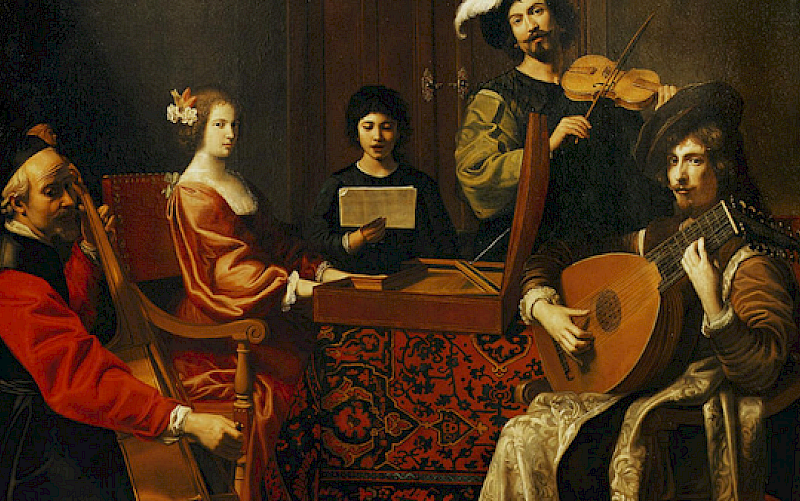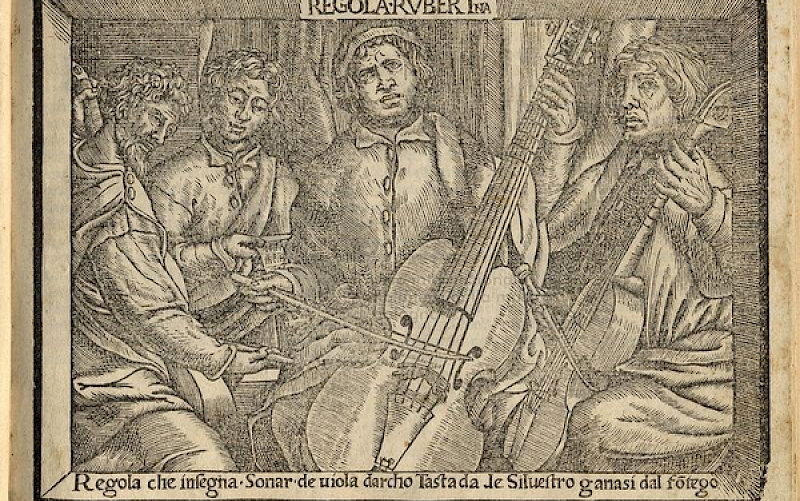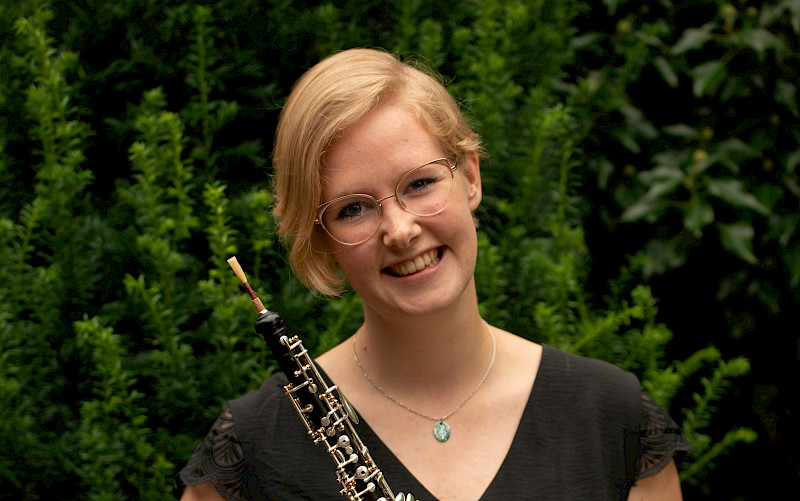Adapting Telemann’s unaccompanied violin fantasias to the guitar - an investigation of transcriptional methods
Name: Thomas Heimstad Main Subject: Classical Guitar Research Coach: Patrick van Deurzen Title of Research: Adapting Telemann’s unaccompanied violin fantasias to the guitar - an investigation of transcriptional methods Research Question: “Which considerations does a guitarist have to make when playing and transcribing G. P. Telemann’s 12 Fantasias for unaccompanied violin?” Research Summary: Transcription is a very important part of the classical guitar tradition, as most of the original repertoire for the guitar has been transcribed from the manuscript. This is because the composers did not always have complete mastery of the guitar. The transcriptions of early music provided guitarists in the early 20th century, with a valuable addition to an otherwise sparse repertoire. This contributed to bring the guitar into the classical limelight, and its recognition as a serious instrument ensued. One genre of music which has been, and still is, popular to adapt to the guitar, is the unaccompanied solo pieces from the Baroque era. The implied polyphony of the solo violin music is often possible to realise on the guitar. This research investigates the different aspects of the transcriptional methods, specifically when working with music for unaccompanied violin. By using Carlo Marchione’s transcription of G. P. Telemann’s first Fantasia as an example, an analysis of and a comparison with the urtext sheds light on the different decisions, which are involved in the process of making a functional version for the guitar. The presentation will include visual and auditory explanations of the different possibilities, excerpts from an interview with Marchione, and examples from the score analysis presented through PowerPoint. Biography: Thomas was born in 1989 in Bergen, Norway and started playing the guitar at the age of 7. His guitar lessons started with Tino Andersen, continued with professor Stein-Erik Olsen at the Griegacademy of Bergen, followed by one year of Erasmus exchange with professor Marco Socías at Musikene in San Sebastián, Spain, and finally he enrolled in the master class of professor Zoran Dukic at the Royal Conservatoire in Den Haag, The Netherlands.
